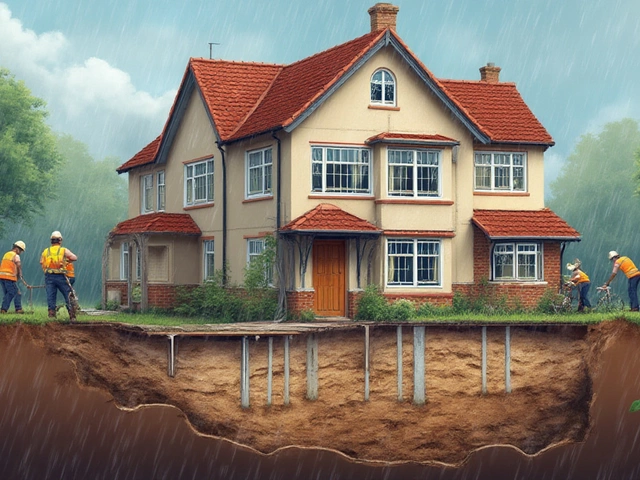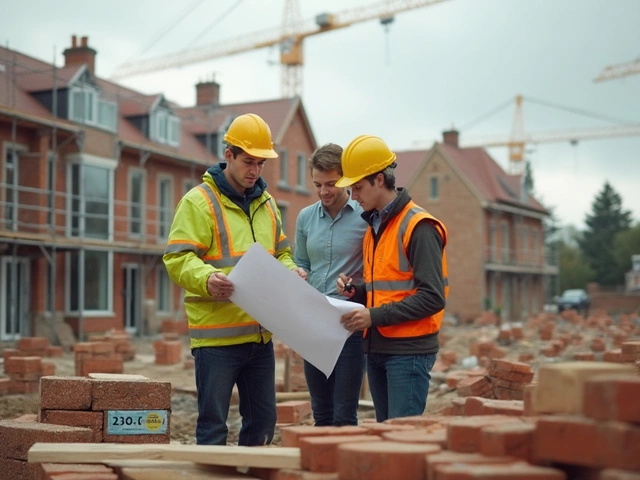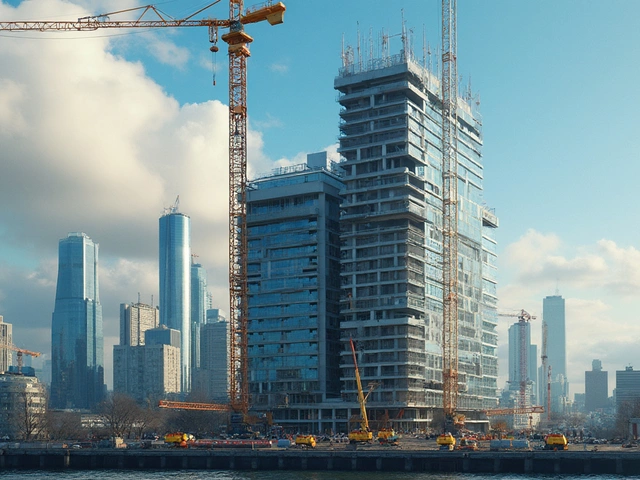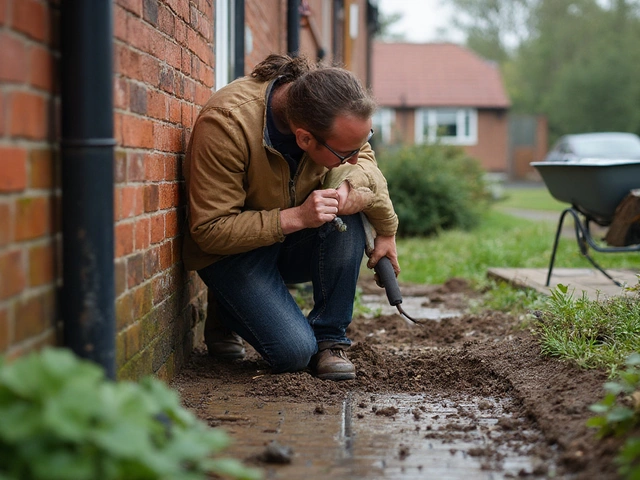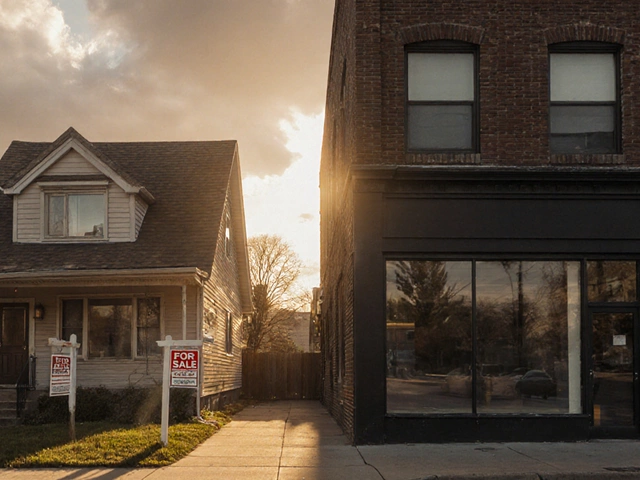Home Investment Tips That Actually Raise Your Property’s Worth
Thinking about how to get the most out of your house? You don’t need a million‑dollar budget or a magic formula. Small, smart moves on foundations, roofs, floors, and kitchens can add real value fast. Let’s walk through the steps that pay off.
Start with a Strong Foundation
Every solid home begins underground. If you notice cracks, uneven floors, or water seepage, act now. A quick seal on hairline cracks or a proper drainage fix can stop bigger problems. When cracks are large or the soil shifts, bring in a structural engineer and consider a full foundation repair or replacement. The cost may seem high, but preventing a collapse saves thousands in future repairs.
Choose the Right New‑Build Materials
When you’re building or extending, pick materials that last. Limestone, especially from local quarries, offers durability and low maintenance. It also adds a natural look that buyers love. Pair it with modern flooring options—engineered wood or high‑quality tile—for a finish that feels premium without breaking the bank.
Don’t overlook insulation and moisture barriers. Properly sealed walls and roofs keep energy bills down, a feature that shows up in property appraisals. A well‑insulated home sells faster and at a higher price.
Renovate Where It Counts
Kitchen and bathroom upgrades give the biggest return. A dry‑fit kitchen plan helps you avoid costly mistakes before the final install. Focus on cabinets, quartz countertops, and efficient appliances. In bathrooms, replace old tiles with water‑resistant options and upgrade fixtures to contemporary finishes.
If you’re on a tighter budget, a fresh coat of paint, new lighting, and updated hardware can make rooms feel brand new. Just keep the design cohesive—clashing styles can reduce perceived value.
Roofing and Exterior Upkeep
Your roof is the first line of defense against weather. Regular inspections catch loose shingles or small leaks before they become expensive repairs. When it’s time for a new roof, compare material costs and ask for a detailed per‑square price. Negotiating the quote can shave a few thousand pounds off the total.
Landscaping also matters. A well‑grown lawn, trimmed hedges, and simple hardscape features like a stone pathway boost curb appeal instantly. You don’t need fancy designs—just clean, maintained greenery.
Plan Your Investment Wisely
Make a list of all projects, rank them by impact, and set a realistic budget. Allocate extra money for unexpected issues; foundations and moisture problems often hide costs. Track every expense so you can show potential buyers a clear record of improvements.
Finally, think long‑term. Choose upgrades that lower operating costs, like energy‑efficient windows or solar‑ready roofs. Those savings add to the home’s overall value and make it more attractive on the market.
By focusing on the basics—strong foundations, quality materials, high‑impact renovations, and proper maintenance—you turn your house into a solid investment. Start with one small project today and watch the benefits grow.
Is Investing in Foundation Repairs a Wise Decision?
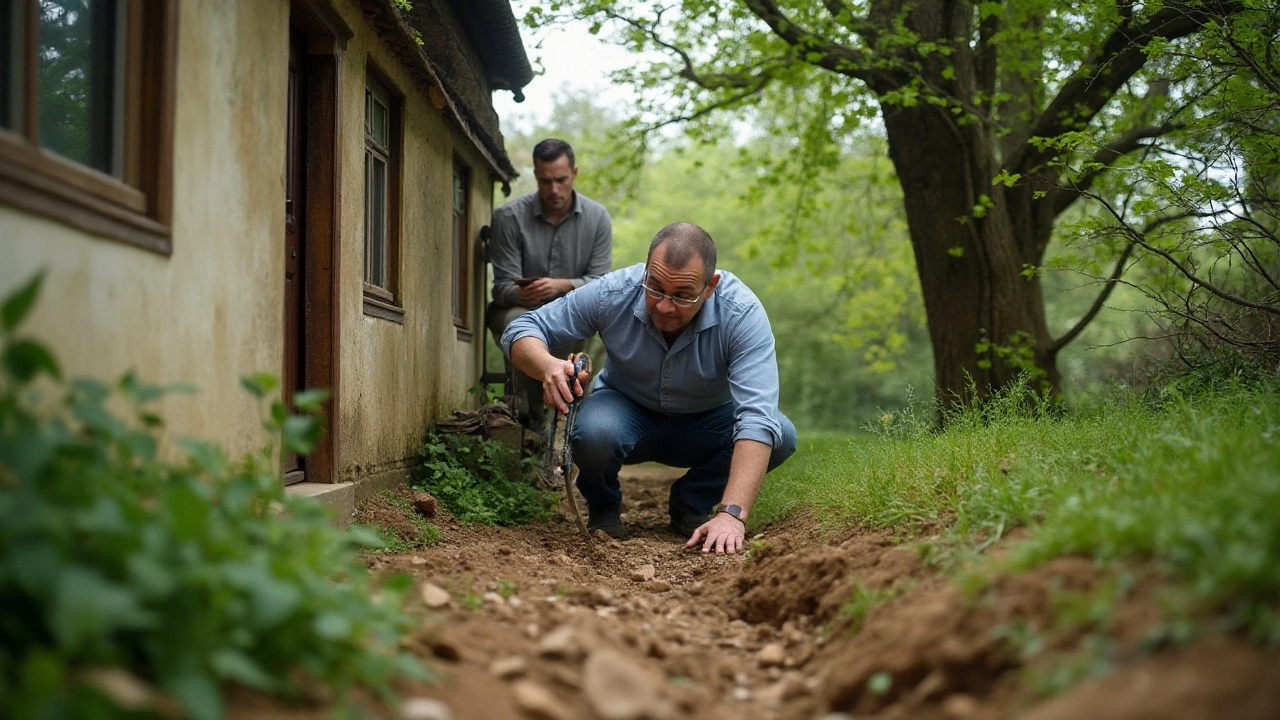
Deciding whether foundation repairs are worth the investment can be challenging for homeowners. Understanding the factors that affect your home's structural integrity, from soil conditions to climate, is essential. This article explores the long-term benefits of foundation repairs, evaluates costs, and offers tips to prevent future problems. With careful planning, restoring your foundation can enhance your property's value and safety.
read more